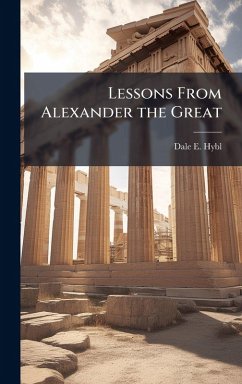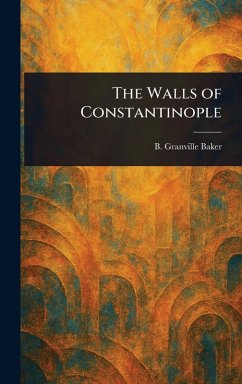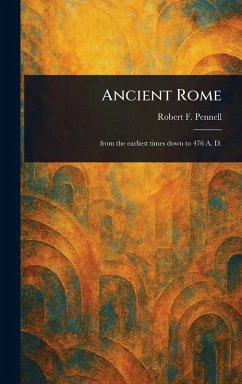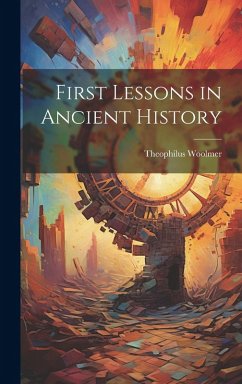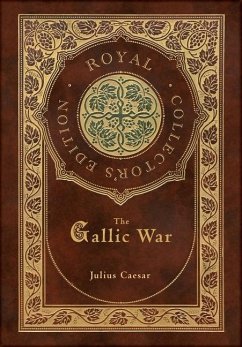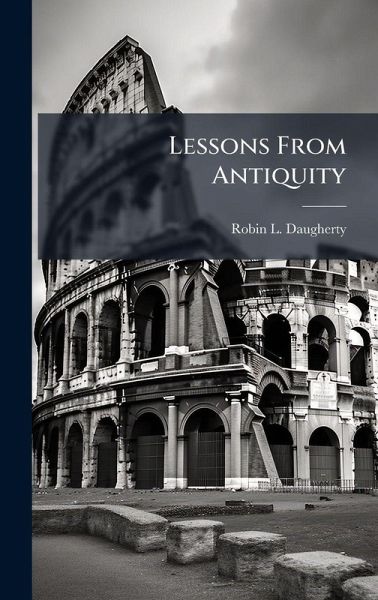
Lessons From Antiquity
Versandkostenfrei!
Versandfertig in über 4 Wochen
25,99 €
inkl. MwSt.
Weitere Ausgaben:

PAYBACK Punkte
13 °P sammeln!
In Iraq today, the United States military is engaging a challenging and elusive insurgent force seeking to avoid conventional combat. Due to the insurgents' use of asymmetric tactics to engage a superior military force and the necessity for the U.S. military to adapt to this unconventional style of warfare, it is common to hear "countering an insurgency is a new way of war." However, this claim is far from the truth. Examples of conventional armies countering popular uprisings, often employing guerilla tactics, abound throughout history. In particular, ancient Roman history provides a multitud...
In Iraq today, the United States military is engaging a challenging and elusive insurgent force seeking to avoid conventional combat. Due to the insurgents' use of asymmetric tactics to engage a superior military force and the necessity for the U.S. military to adapt to this unconventional style of warfare, it is common to hear "countering an insurgency is a new way of war." However, this claim is far from the truth. Examples of conventional armies countering popular uprisings, often employing guerilla tactics, abound throughout history. In particular, ancient Roman history provides a multitude of cases exemplifying how a government's actions may prevent or lead to an insurgency; how a conventional military action may resolve or frustrate the underlying tensions of the population; and how establishment of a peaceful rule over a conquered people is difficult to achieve and sustain. Thus, ancient Rome provides an excellent framework for a historical analysis applicable to modern warfare. This work has been selected by scholars as being culturally important, and is part of the knowledge base of civilization as we know it. This work was reproduced from the original artifact, and remains as true to the original work as possible. Therefore, you will see the original copyright references, library stamps (as most of these works have been housed in our most important libraries around the world), and other notations in the work. This work is in the public domain in the United States of America, and possibly other nations. Within the United States, you may freely copy and distribute this work, as no entity (individual or corporate) has a copyright on the body of the work. As a reproduction of a historical artifact, this work may contain missing or blurred pages, poor pictures, errant marks, etc. Scholars believe, and we concur, that this work is important enough to be preserved, reproduced, and made generally available to the public. We appreciate your support of the preservation process, and thank you for being an important part of keeping this knowledge alive and relevant.



